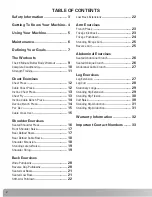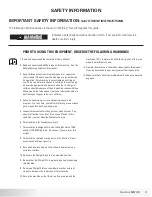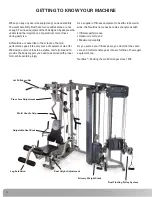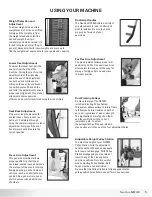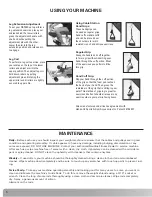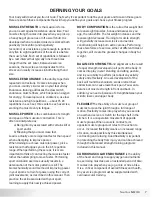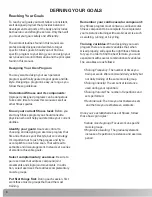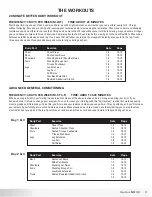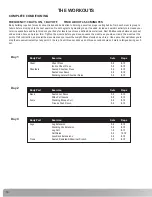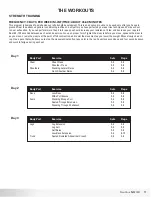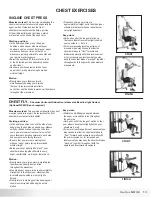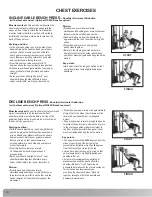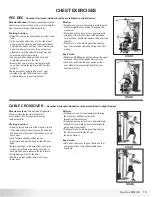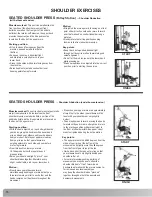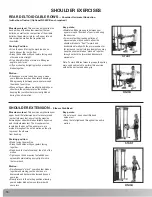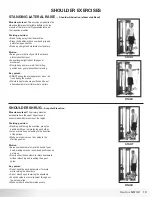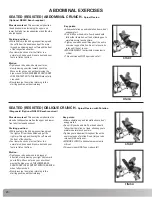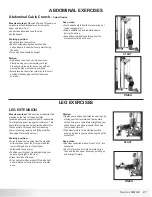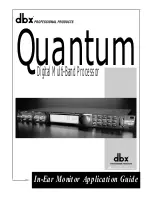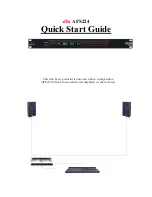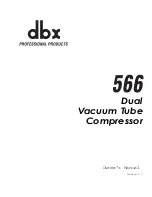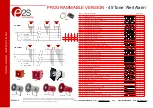
1
Nautilus NS700X
Muscles worked:
This exercise emphasizes the
chest muscles (pectoralis major), especially the
upper portion. It also involves the front
shoulder muscles (anterior deltoid, a portion
of the middle deltoid) and the triceps, which
are located on the back of the upper arm.
Starting position:
• In the seated position, grasp the upper
handles, and bend your elbows until your
hands are near your chest. Rotate your upper
arms away from your torso so that your
elbows are pointing outward to each side and
your palms are facing down.
• Adjust the seat back tilt forward to the third
or fourth incline position depending on your
comfort level.
• Hands are positioned just outside of your
upper chest, with palms facing down and
wrists straight.
Motion:
• Slowly move your elbows outward,
simultaneously bending your arms so
that your forearms remain parallel to
each other and the hands remain over the elbows
throughout the movement.
• Stop when your upper arms are
approximately straight out to the sides (your
elbows will be level with your shoulders or
very slightly below).
Key points:
• Limit and control the range of motion so
that your elbows travel only slightly behind
your shoulders — if at all.
• For normal pressing/pushing patterns of
movement you may choose to allow the
shoulder blades to “float” forward and
backward naturally with the arm movement,
or for increased pec involvement you may
keep the shoulder blades “pinched” together
throughout both the upward and downward
movements.
INCLINE ChEST prESS
STArT
FINISh
ChEST EXErCISES
ChEST FLY
— Shoulder horizontal Adduction (elbow stabilized in slight flexion)
(Optional NS50X Bench required.)
Muscles worked:
This exercise emphasizes the chest
muscles (pectoralis major). It also involves the front
shoulder muscles (anterior deltoid).
Starting position:
• In the seated position, reach to the side of your
body, grasp the handles, and bend your elbows
until your hands are near your chest. Rotate
your upper arms away from your torso so that
your elbows are pointing outward to each side
and your palms are facing forward.
• Be sure that your arms are moving level
with your chest, palms facing forward and
wrists straight.
• Raise your chest and slightly “pinch” your
shoulder blades together. Maintain a very
slight, comfortable, arch in your lower back.
Motion:
• Slowly move your arms outward, maintaining
the elbow in a slightly bent position
throughout the movement.
• Stop when your upper arms are approximately
straight out to the sides (your elbows will be
level with your shoulders or very slightly
below).
• Slowly return to starting position keeping your
chest muscles tightened during the entire
motion.
Key points:
• Maintain a 60-90 degree angle between
the upper arms and the torso throughout
the exercise.
• Limit and control the range of motion so that
your elbows travel only slightly behind your
shoulders if at all.
• For normal reaching patterns of movement you
may choose to allow the shoulder blades to
“float” forward and backward naturally with
the arm movement, or for increased pec
involvement you may keep the shoulder blades
“pinched” together throughout both the
upward and downward movements.
STArT
FINISh


